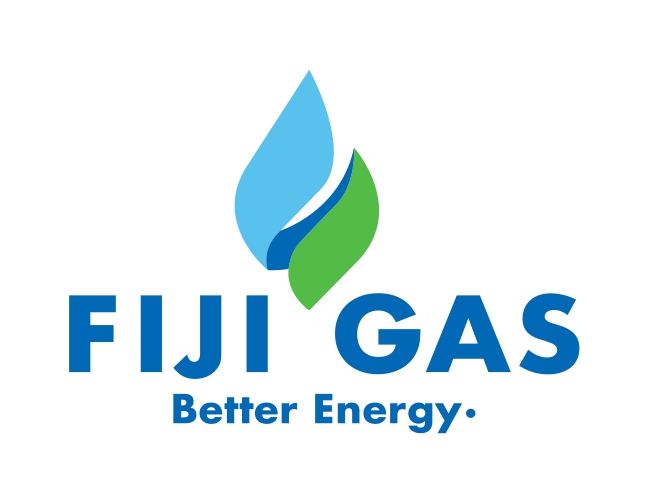LPG is a portable, clean and efficient energy source which is readily available to consumers around the world. LPG is primarily obtained from natural gas and oil production but is also produced increasingly from renewable sources. Its unique properties make it a versatile energy source which can be used in more than 1,000 different applications.

In its liquid form, LPG looks like water. Yet, because of its unique properties, one litre of liquid LPG, expands to 270 litres of gaseous energy allowing a lot of energy to be transported in a compact container.
LP Gas is the preferred fuel for applications that demand ‘clean burn’ such as boilers, ovens, and furnaces in hospitality, food and dairy industry; and for direct firing applications in glass and ceramic industry. LP Gas is superior to liquid fuels for environmental and economic reasons.
Clean Burn: LPG burns very efficiently, with very low combustion emissions, hence no carbon deposits on burner and boiler internals; clean Flue gas emission. LPG also shows lower greenhouse gas emissions than petrol, diesel, and electricity, on an energy-equivalent basis.
No Spillage/ No Fumes: Housekeeping is excellent since unlike Diesel, LPG does not stain floors and create noxious fumes. This is especially critical for food industries such as Dairies, Chocolate and Biscuit manufacturers and Hotels.
No Pilferage: Since LP Gas is stored in a pressurized vessel and utilized vide a closed system, there is no scope for pilferage.
Higher Efficiency: Due to complete combustion, LPG does not leave deposits on heat exchange surfaces, thereby providing higher efficiency of combustion and heat transfer compared to Diesel.
- Density: LPG at atmospheric temperature and pressure is a gas which is 1.5 to 2.0 times heavier than air. It is readily liquefied under moderate pressure. The density of the liquid is approximately half of water and ranges from 0.525 to 0.580 @ 15 deg C.
- LPG is heavier than air: When LPG leaks from the cylinder, the vapor will flow and accumulate at the ground level.
- Leaks are dangerous as LPG can burn when it comes in contact with any source of ignition.
- LPG is odorless and colorless: To detect leakage, LPG is given its distinctive smell by adding a special stenching agent that will ensure it can be detected even if the leakage is well below the level of flammability.
- One unit of liquid LPG will generate 270 units of LPG vapor or gas.
- Explosive limit: LPG has an explosive range from 2.1% to 9.5% volume of gas in the air. This is considerably narrower than other common gaseous fuels.
- Auto Ignition: Autoignition of LPG is around 410 to 580 deg Centigrade hence it will not ignite on its own at normal temperature.



Here are some important LPG safety information and details on the use of LPG at home. We take safety very seriously. Fiji Gas was founded in 1956 and has over 60 years of experience in the gas industry which means we have the knowledge and skills to look after your needs safely. Safety is the number on priority at Fiji Gas and is the first item in any agenda.

